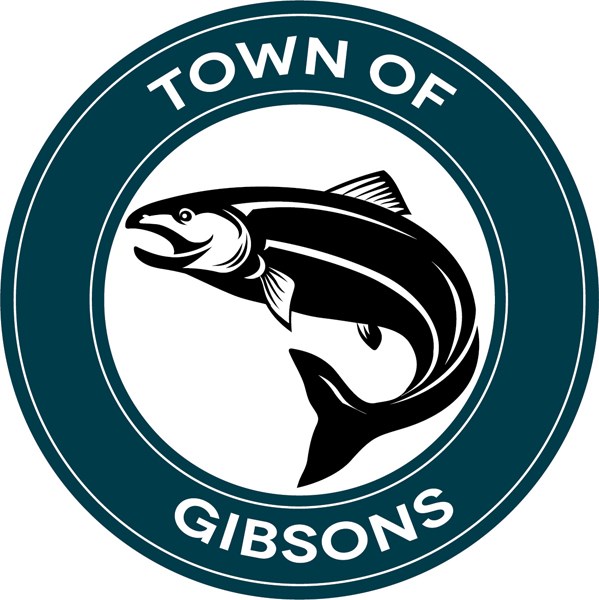Councillors in Gibsons are favouring a 7.5 per cent tax increase for most properties coupled with a three per cent increase for the commercial/business class.
During a special committee meeting April 9, councillors recommended a budget based on the 7.5/3 model and a revised list of capital projects for the next five years.
Director of finance Dave Douglas told the committee that a 7.5 per cent increase would work out to $1,007 in Town taxes on the average residential property, about $75 more than 2018.
Douglas estimated the total increase from 2018, when the separate taxes for school, police, Sunshine Coast Regional District (SCRD) services and the Hospital District are included, would be around $113 more than last year.
The three per cent increase on commercial/business properties would translate to an extra $13 for the Town portion of the taxes on a typical business.
Mayor Bill Beamish said heading into the meeting that he favoured the 7.5 and three per cent increases, in part because they would still allow for a reduction in the so-called business multiplier. If the budget is approved as recommended by the committee, business would pay 3.12 times the residential rate. The current multiplier is 3.29.
Coun. Stafford Lumley, who had at one point in the budget talks been calling for a 10 per cent increase on the residential and other non-business classes, said Tuesday he could support 7.5 per cent because it would be accompanied by moves to fold commercial marinas into the business class and start charging utilities $40 per $1,000 in assessed value.
“I think with the adjustments in the rates and the fees that we’ve adjusted, the 7.5 and the three can now cover the cost of capital projects and transfers to reserves,” Lumley said.
Under the 7.5/3 model, about $38,000 will be available for transfer to reserves.
The committee also discussed whether some of the money earmarked for reserves should be set aside to cover the anticipated jump in policing costs that will come when the Town crosses the 5,000 population threshold.
The Town has already set up a select committee to look into issues around what happens when Gibsons must pay directly for its share of policing costs. Right now residents pay a policing tax that goes directly to the province, similar to the arrangement in the rural areas of the SCRD.
The Town would likely have to bring in an extra $600,000 for policing once the population goes above 5,000 – a potential 20 per cent tax increase sometime down the road.
The earliest that would happen is after the next census numbers are released in 2022.
“Do we want to hedge it now and not swallow the big pill, but take a couple of little pills between now and then?” asked Coun. David Croal.
Beamish said that’s one of the questions the policing committee is looking at.
The Town is hoping to hold a public information session on the budget April 23, but the details have not been finalized.



